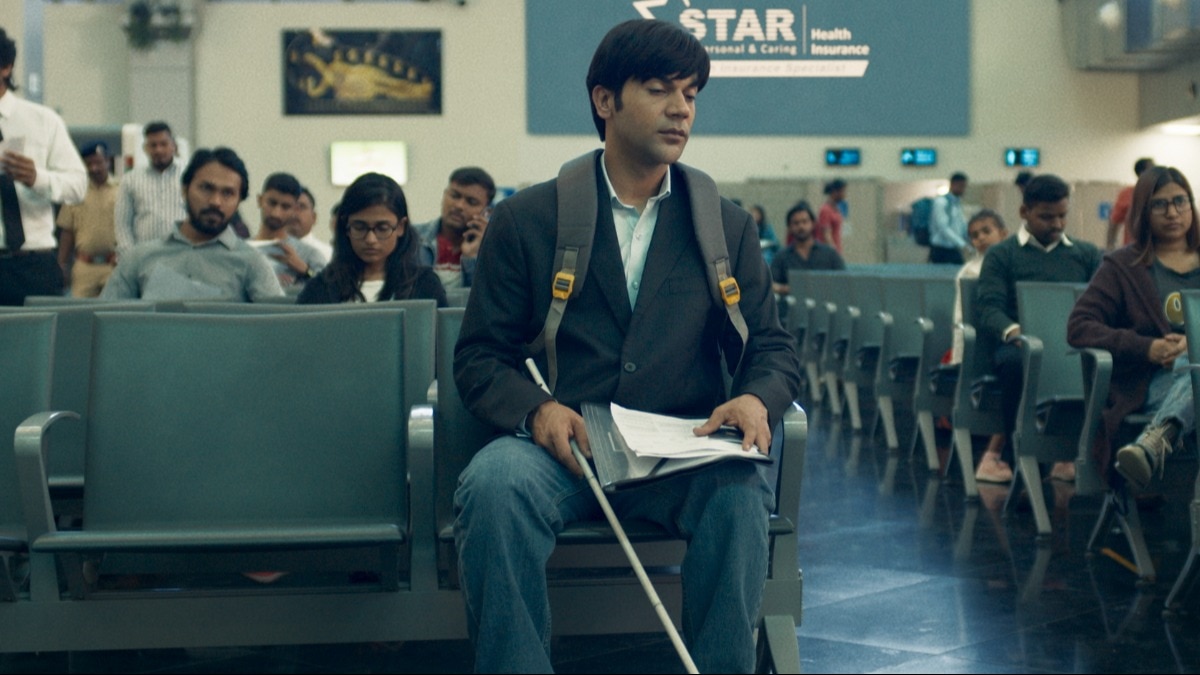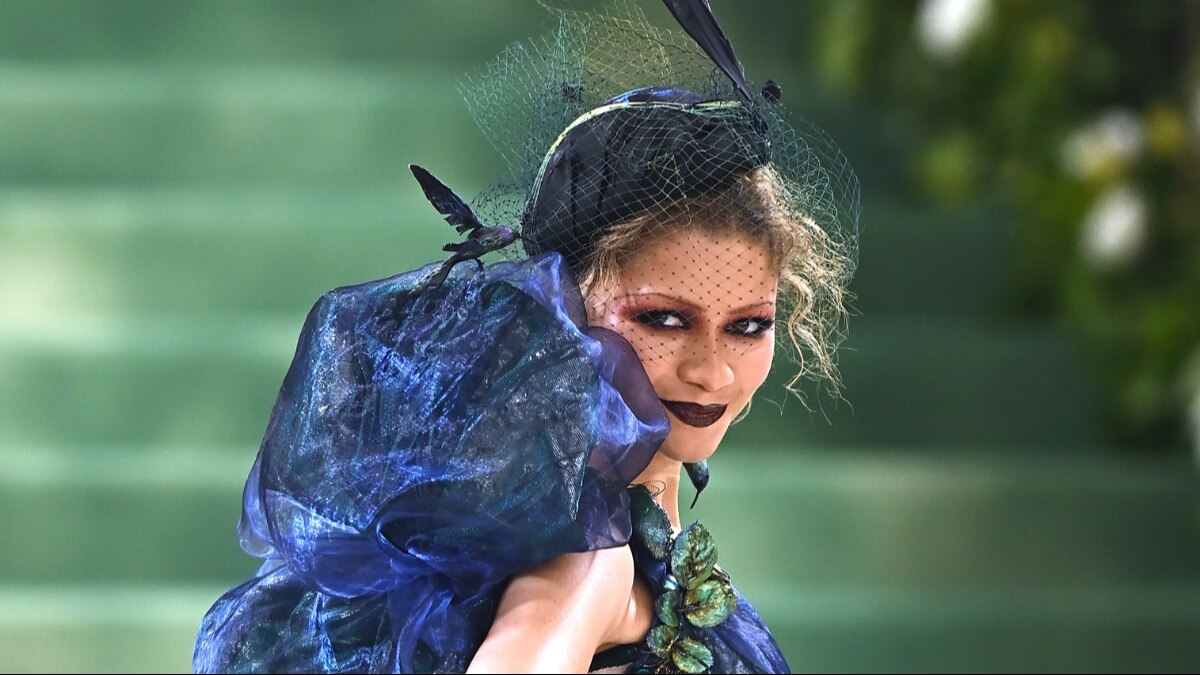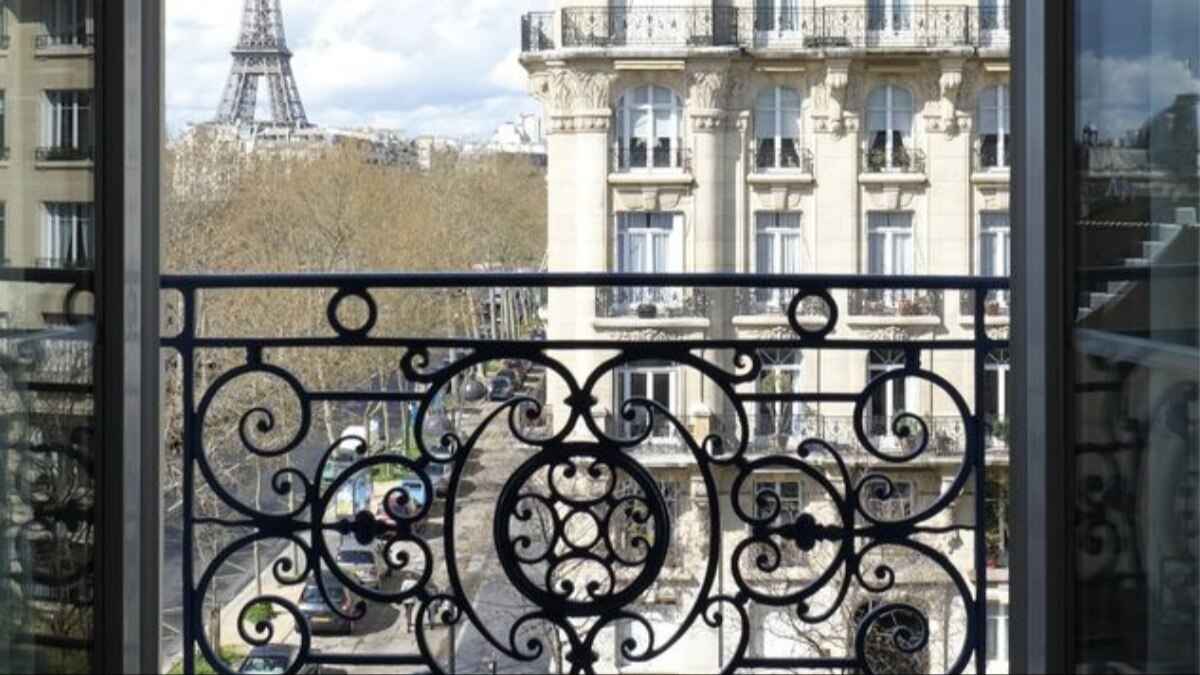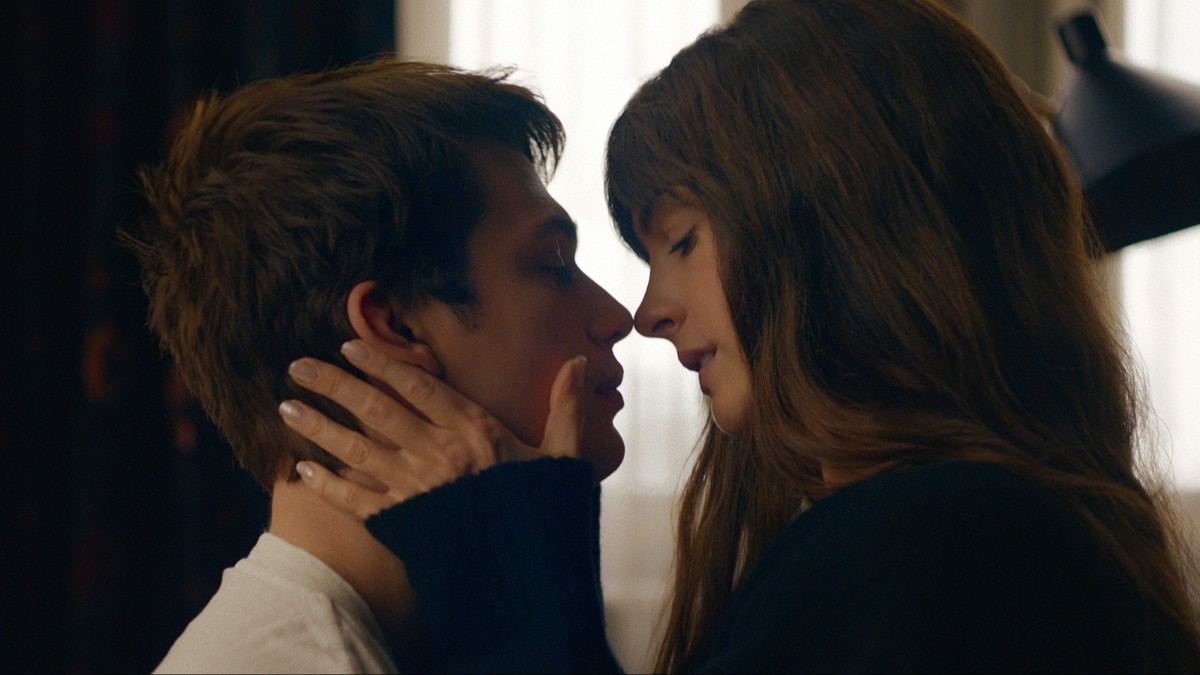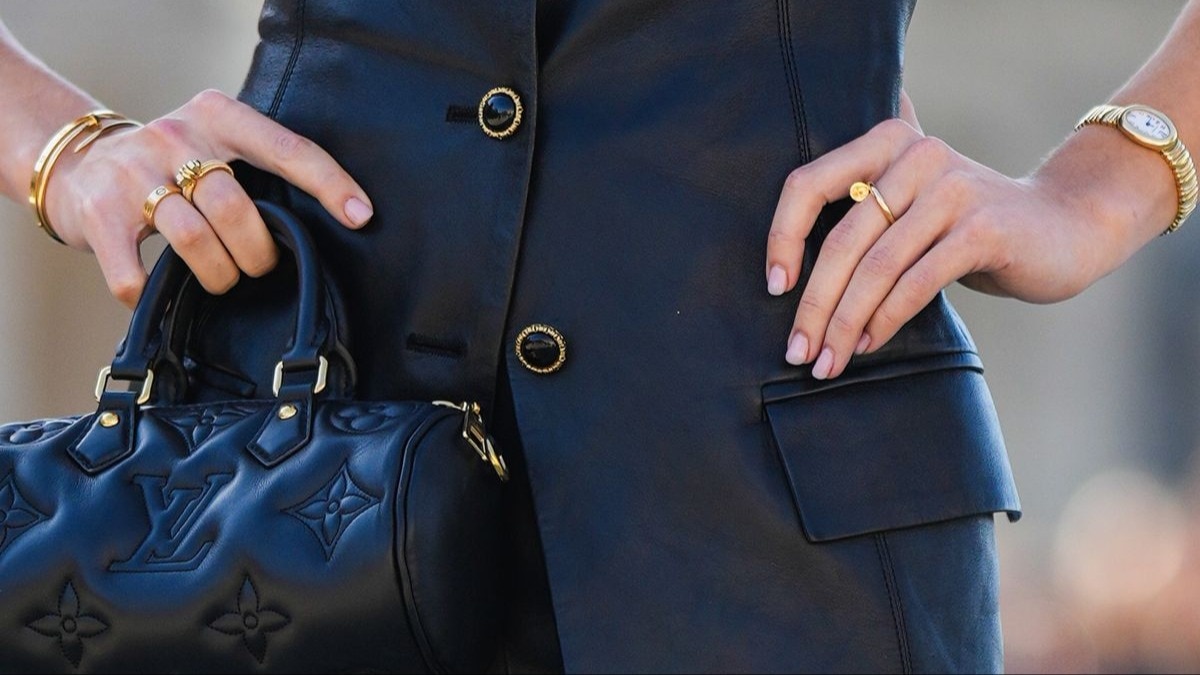

Tejal Patni’s ‘Vichitra’ exhibition is a whimsical world that makes you ponder on the intricacies of life
Straight from the sets of Bazaar India.

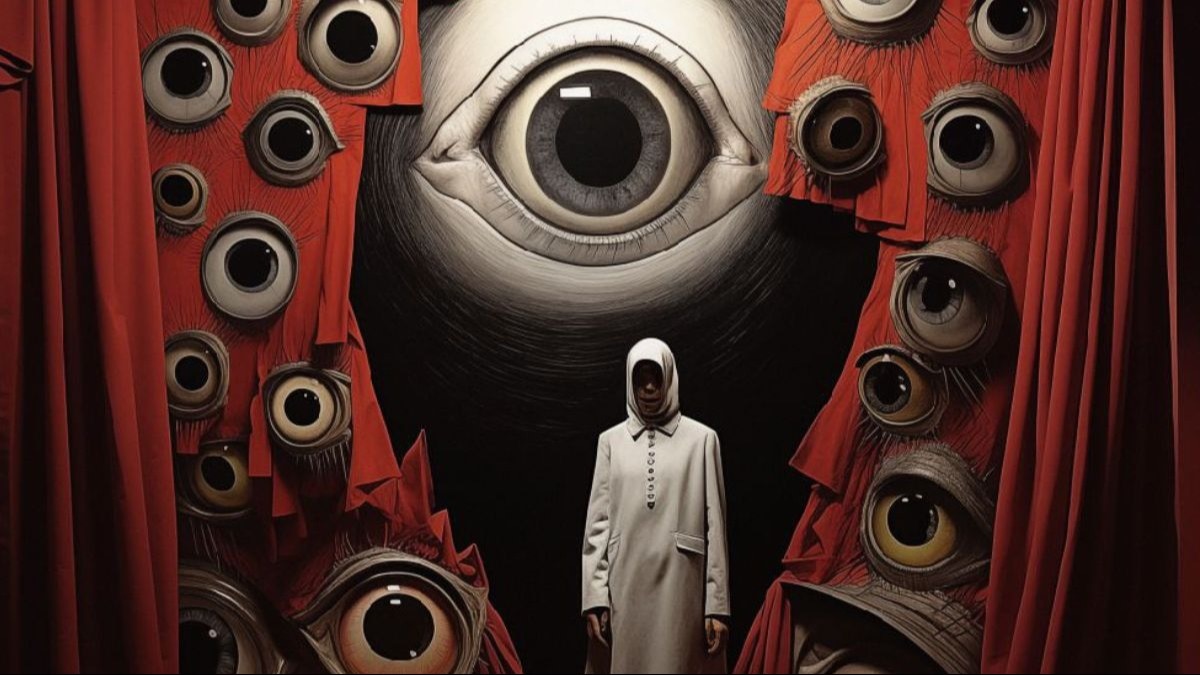
Art and absurdism share a unique relationship—as contrasting as they are, they compel us to explore various aspects of life and provoke us to think, feel, and experience. Absurdism has manifested itself in the works of artists in the fields of art and literature in more than one form. Most recently, glimpses the philosophy—with its bizarre and irrational character in entireity—was apparent in photographer and film director Tejal Patni's exhibition, 'Vichitra'. The immersive showcase invited audiences to act as witnesses in the unfolding surreal scenes.
The evocative visuals and live performances of the exhibition tied in perfectly as a backdrop for the Bazaar India cover shoot, featuring Alia Bhatt. In a coversation with the Tejal Patni, we try and understand the 'Vichitra' world of the artist and all it quirkiness and absurdism.

Harper's Bazaar: Every extraordinary creation has its unique origin story. What inspired the conception of 'Vichitra'? Is there a personal narrative behind its inception?
Tejal Patni: The genesis of 'Vichitra', which literally means unconventional and peculiar, sprang from a desire to break away from the predictable in art exhibitions. It began two years ago during a fashion shoot in Delhi. I was captivated by an unfinished building I stumbled upon for the glimpses it offered into strangers' lives. It inspired me to create a gallery concept that would tell the stories of its imaginary inhabitants, eventually shaping into 'Vichitra’.
Collaborating with Raman Chauhan at Snowball Studios, we brought this vision to life. It delves into the quirks and complexities of human nature, exploring darker aspects without aiming to shock or be political. It's a manifestation of my creative journey into the mysteries of existence.
HB: What is it that you are trying to convey with this exhibition?
TP: Have you ever wondered why people gather to watch a caterpillar burrow or slow down at a car crash? These phenomena intrigued me, leading me to delve into the curious nature of human curiosity. In the exhibition, I recreate captivating scenes resembling rooms within a building, tapping into our inherent nosiness. It's an experience where viewers can see reflections of their own lives or imagine themselves as characters in the narrative
HB: Can you describe some of the techniques or elements employed to achieve this immersive effect? And how do you balance intricate details with imaginative storytelling in your work?
TP: In 'Vichitra’, achieving immersion required a blend of crafted techniques and elements. Attention to detail was paramount, drawing inspiration from life's nuances and weaving them into each scene. Lighting, of course, played a crucial role in setting the mood, while careful styling complemented the narrative.
In essence, collaboration was key, with each team member contributing their best. Curated music enhanced the emotional impact. Balancing intricate details with imaginative storytelling was central, ensuring each scene captivated viewers while inviting them to explore the exhibition's immersive world.



HB: How do you see 'Vichitra’ fitting into the broader landscape of contemporary art, particularly in terms of its exploration of human experience and psyche?
TP: The exhibition transcends artistic boundaries, compelling viewers to reflect on their journey. Through immersive installations and narratives, it challenges the complexities of existence in a changing world. It contributes to contemporary art dialogue, sparking deeper conversations across diverse audiences.
HB: Could you share some insights into the collaborative process involved in bringing 'Vichitra' to life, particularly in working with live actors and creating fantastical narratives?
TP: ‘Vichitra’ embodies my artistic vision bolstered by a dedicated team led by experienced producer Shams Lalji and longtime collaborators like Preetesh and Rubb. Harshad Gadvi's styling, enriched by fabrics from the Far East, and Gayatri's exceptional makeup and hair styling added a distinctive flair. Snowball's indispensable support in every department ensured a seamless production.
HB: In what ways does 'Vichitra' challenge conventional notions of art appreciation, and how do you envision audiences engaging with the exhibition beyond passive observation?
TP: Unlike static exhibitions, ‘Vichitra’ offers immersive installations and live performances, blurring the lines between spectator and participant. By stimulating multiple senses, it fosters deeper connections with the artwork. It aims to collaborate with audiences and other artists, enhancing engagement and intimacy with each iteration.
HB: Finally, what do you hope people will take away from experiencing ‘Vichitra’, and how do you envision the exhibition's impact?
TP: We envision 'Vichitra' leaving a lasting impression and fostering a deeper appreciation for art's power to provoke thought and evoke change. Ultimately, the exhibition aims to inspire wonder, curiosity, and introspection.
Also read: How 'Grey’s Anatomy' became the ultimate coping mechanism
Also read: Seven contemporary South Asian artists to look out for in 2024

